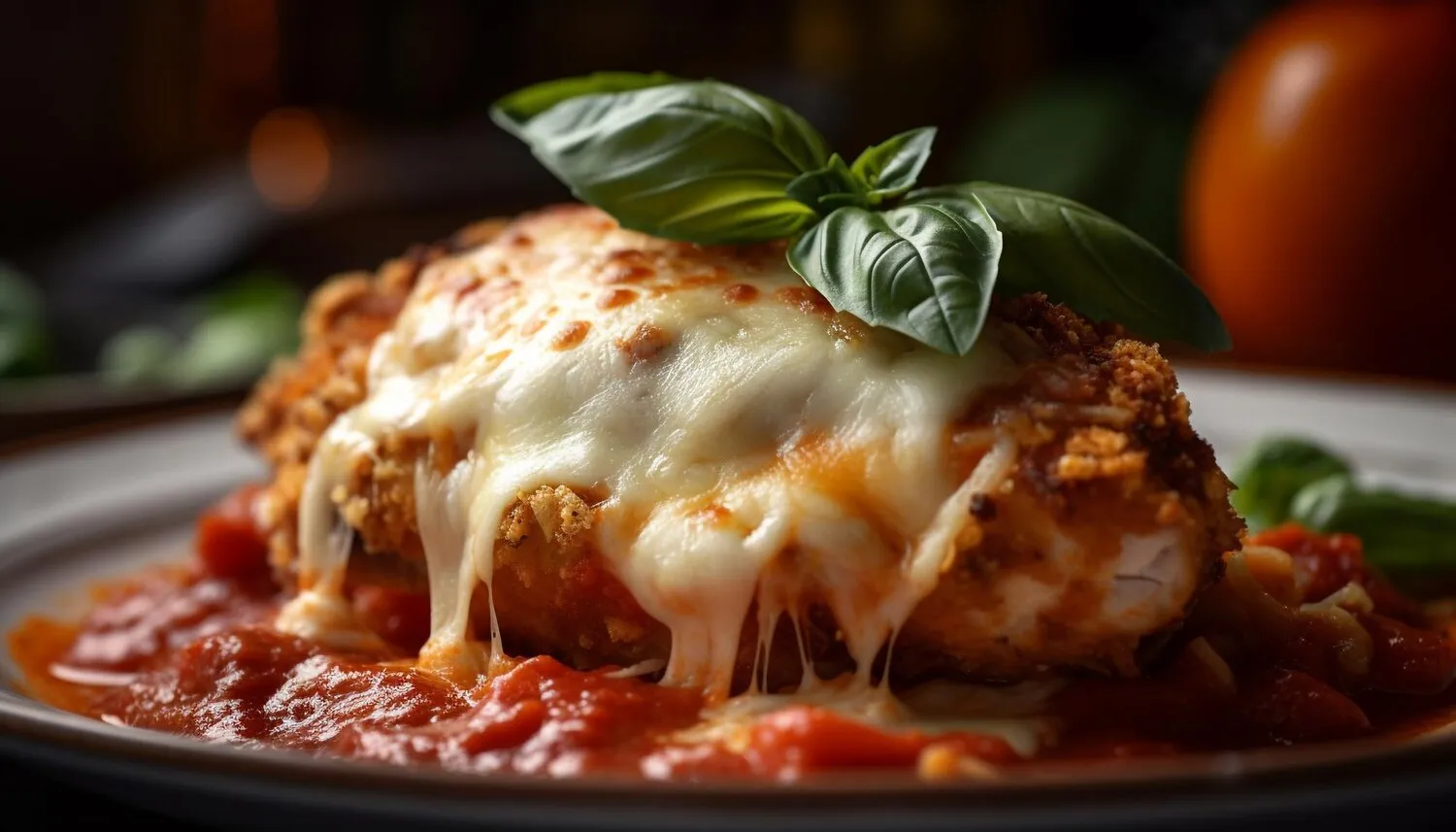
Falafel Gyro
Gyro with fried Falafel balls, pita bread and tzatziki sauce.
Nutrition Facts
* The % Daily Value (DV) tells you how much a nutrient in a serving of food contributes to a daily diet. 2,000 calories a day is used for general nutrition advice.
The Falafel Gyro represents a modern fusion of two distinct culinary traditions from the Eastern Mediterranean and Greece. Falafel, originating from the Middle East, is a fried ball or patty made from ground chickpeas or fava beans. Gyro, originating from Greece, is meat (typically lamb, pork, chicken, or beef) cooked on a vertical rotisserie. This fusion dish likely arose in areas with diverse populations and a desire for innovative flavor combinations.
The Falafel Gyro, as a fusion dish, doesn't have deep-rooted cultural significance like traditional falafel or gyro. However, it reflects a trend towards culinary innovation and the blending of different cultural influences in modern cuisine. It often appears in food trucks and casual dining restaurants offering a modern take on classic Mediterranean and Greek flavors.
Modern Fusion Cuisine
The Falafel Gyro exemplifies the trend of modern fusion cuisine, where chefs and home cooks combine elements from different culinary traditions to create new and exciting dishes. It speaks to a growing appreciation for global flavors and a willingness to experiment in the kitchen.
Street Food Culture
Often found at food trucks and casual eateries, the Falafel Gyro aligns with street food culture, emphasizing affordability, convenience, and bold flavors. Its portable nature makes it a popular choice for on-the-go meals.
Vegetarian Adaptations
The Falafel Gyro can be easily adapted for vegetarian or vegan diets, offering a delicious and satisfying alternative to traditional meat-based gyros. This makes it a popular choice for those seeking plant-based options.
The Falafel Gyro is a symphony of flavors and textures: earthy falafel, savory gyro meat (if included, though some versions are entirely vegetarian), cool and tangy tzatziki, and the soft warmth of pita bread.
The dominant flavor profiles are: Earthy and herbaceous from the falafel (featuring chickpeas, parsley, cilantro, cumin, and coriander); Savory and spiced, if gyro meat is included; Creamy, tangy, and refreshing from the tzatziki sauce (typically made with yogurt, cucumber, garlic, dill, and lemon juice); Soft and slightly chewy from the pita bread, which acts as a vessel for all the ingredients; Potential additions include pickled vegetables, hot sauce, and lettuce, further enhancing the flavor experience.
Falafel Crispness
Ensure the falafel balls are crispy on the outside and soft on the inside by frying them at the correct temperature (around 350°F or 175°C). Avoid overcrowding the fryer, as this will lower the oil temperature and result in soggy falafel.
Tzatziki Consistency
Strain the grated cucumber for the tzatziki sauce to remove excess moisture, preventing a watery sauce. Use Greek yogurt for a thicker and tangier flavor.
Pita Bread Warmth
Warm the pita bread before assembling the gyro to make it more pliable and enhance its flavor. You can warm it in a dry skillet, microwave, or oven.
Gyro Meat Quality (if used)
If using gyro meat, source high-quality meat that is well-seasoned and thinly sliced. Ensure it's heated thoroughly before adding it to the gyro.
Explore additional Classic dishes and restaurants
Explore ClassicDiscover top dining spots and culinary experiences in Fayetteville.
Explore FayettevilleLearn more about the food culture, restaurant scene, and culinary heritage of United States.
Explore United States